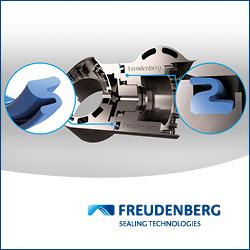Changing Automation with Sensitive Robots
Communicating Cars the Future?
Minibuilders
Why I Automate: MPI Systems
Boston Dynamics' Spot
The Art of Electronics Third Edition Coming In April
Quirkbot: Arduino Platform For Building Things Out Of Straws
European Research Consortium Collaborates to Develop Unmanned Robot to Manage Vineyards
Raspberry Pi 2
Winner of the AAAI Video Competition People's Choice Award
Robots Explore Dangerous Mines with Novel Sensor Fusion Technology
SAM Robotic Surrogate Operator
The Industrial Automation Exchange
Anibit Online Graphical Programmer for the Pololu 3pi Robot
My 2015 Predictions: Big Deployments, Big Ideas and Big Problems Solved
Records 3046 to 3060 of 3729
First | Previous | Next | Last
Featured Product

IP Seals for Robots
Robotics and Automation - Featured Company

